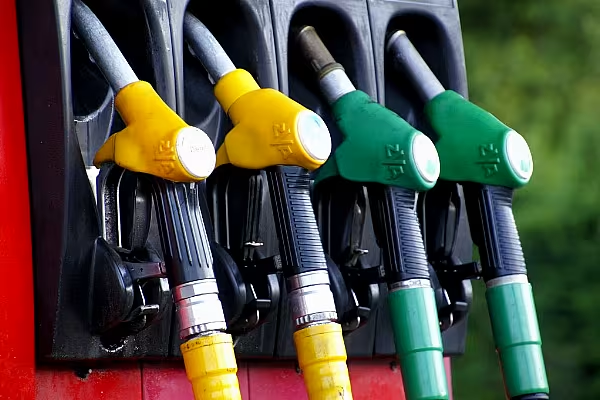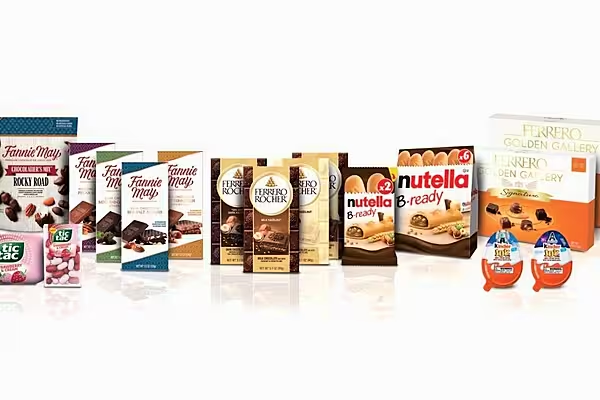Independent petrol stations in Germany saw an 11.7% decline in price-adjusted sales in May compared with February 2022, according to preliminary data from the German Federal Statistical Office (Destatis).
Price Fluctuations
On a year-to-date basis, Destatis data unveiled that real sales (price adjusted sales) saw the sharpest month-on-month fall in March 2022 – the first month after the outbreak of war in Ukraine.
Real sales fell by 5.5% in March compared to February 2022, while nominal sales hit a record high.
The difference between the nominal and real results reflects the temporarily high fuel price increases.
The increase, which had been observed since January 2021, accelerated when Russia invaded Ukraine.
For example, the price of Super E5 increased by 17.8% in March from February 2022.
Since then, fuel prices have been subject to greater fluctuations, but were still 17.5% higher in May 2022 for Super E5 than in February 2022.
Destatis Results
The Destatis data on the financial performance of the filling stations refers only to the branch of industry called 'retail trade with motor fuel' (WZ08-473).
This mainly includes the independent petrol stations, which generate the largest share of their turnover from the sale of fuel.
The price-adjusted turnover of independent petrol stations are regarded as a volume indicator in the retail trade, Destatis noted.
Group petrol stations are not included, as these are operated by tenants who receive a commission for each litre sold.
They are recorded in the retail trade of goods of various kinds.
© 2022 European Supermarket Magazine – your source for the latest retail news. Article by Conor Farrelly. Click subscribe to sign up to ESM: European Supermarket Magazine.











